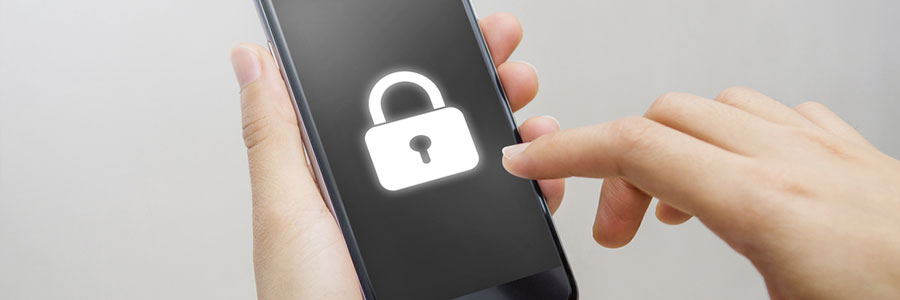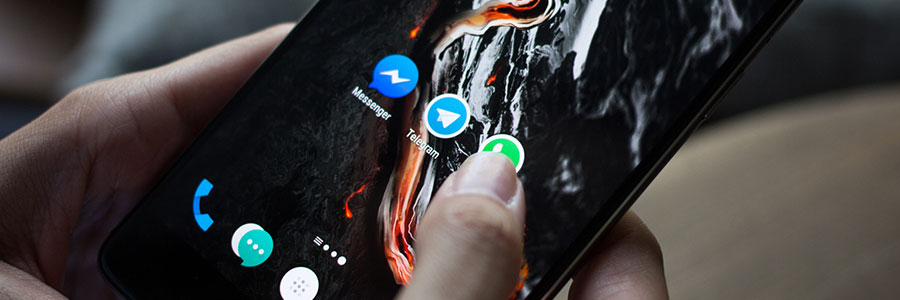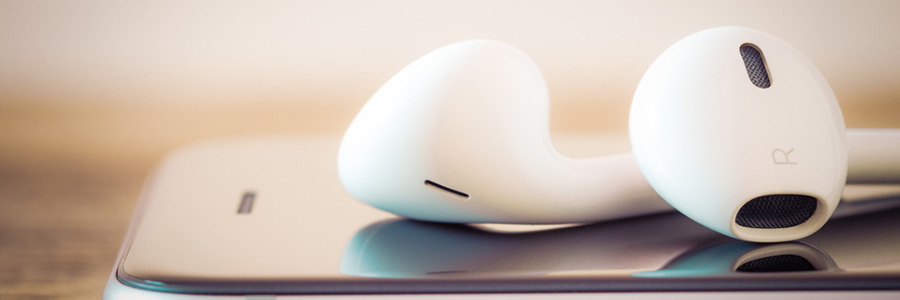Smartphones hold sensitive data such as financial information, confidential emails, and contact details that you wouldn’t want falling into the wrong hands. To wipe data from your old phone, do the following:
1. Encrypt your Android phone
Ensure that strangers don’t have access to your private data by encrypting it to make it unreadable.
4 ways to delete your smartphone data

Are you tracking your Android’s data use?

Android devices are among the most feature-rich gadgets currently available. The vast majority can connect to mobile networks, but unfortunately, many service plans limit the amount of data you can use each month. If you want to avoid paying overage fees or suffering from slow connection speeds, you need to monitor how much data you’re using.
Google Pixel: An iPhone competitor

Companies that want their employees to have the best mobile devices for work usually choose one of three devices, a Pixel, one of the Galaxy S phones, or an iPhone. The Pixel phone is Google’s flagship device, and although it’s price isn’t much different from the competition, it’s packed with business benefits.
Is your Android phone malware-free?
A quick guide to Android backups

There’s no denying that backing up your data is important. If you don’t, a cyberattack or hardware failure could wipe out invaluable personal and professional information. This doesn’t just apply to desktops and laptops. Android phones and tablets store plenty of important data, which means they need to be backed up, too.
Steps for deleting data from your mobile

Our mobile phones contain some of our most private data. There are contact details, confidential business emails, financial information, and possibly even risqué pictures that you wouldn’t want falling into the wrong hands. Factory reset is one way to get rid of everything if you’re moving on from your old phone, but there are a few other things you must do first.
Android phone makers skip critical updates
Top business phones according to Google
Mobile malware on Android apps

The average smartphone user doesn't give nearly enough consideration to mobile phone security. In fact, smartphone users are more likely to get anxious about their phone’s physical safety than the more serious threat of malware. Malware and other forms of cyber threats are far more common in desktops and laptops particularly for business users, but with the increasing sophistication of cyber crimes, disregarding your other ‘lower risk’ devices’ security can mean disaster.





